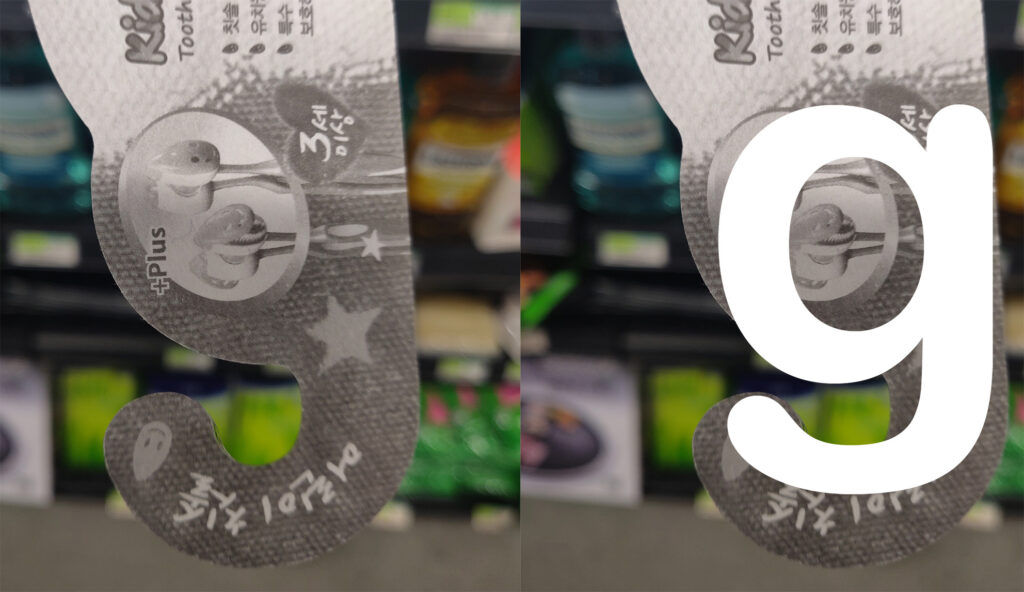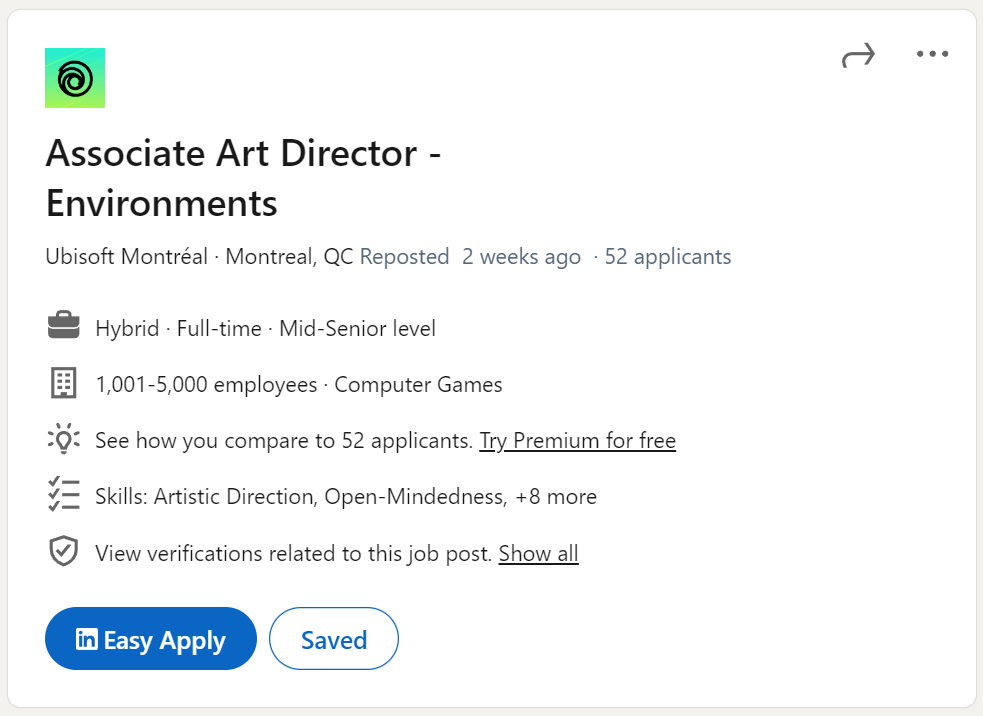One piece of technology that I’ve had my eye on is the Quest 3 VR system. I would like to know more about the cutting edge technology being developed in the virtual reality field. After researching and understanding this new technology I compared its specs to the previous quest 2.
The upgraded specifications of the Quest 3, compared to the Quest 2, offer significant improvements for 3D designers developing software for VR. Here’s a breakdown of how these advancements contribute to a more enhanced and efficient development experience:
Display and Optics:
Quest 3
- Display Resolution (Per Eye): 2064 x 2208 | 1218 PPI | 25 PPD
- Refresh Rate: 72Hz, 80Hz, 90Hz, 120Hz
- FOV (Degrees): 110 horizontal / 96 vertical
- Optics: Pancake lens, continuous IAD
- Color Gamut: 100% of sRGB
Quest 2
- Display Resolution (Per Eye): 1832 x 1920 | 773 PPI | 20 PPD
- Refresh Rate: 90Hz/120Hz
- FOV (Degrees): 90 horizontal & vertical
- Optics: Fresnel lens, 3 position IAD adjust
- Color Gamut: 100% of sRGB
How it Benefits 3D Designers Creating Software:
Sharper and More Detailed Visuals:
The higher display resolution (2064 x 2208) and pixel density (1218 PPI) of the Quest 3 offer developers a clearer and more detailed visual representation. This is crucial for 3D designers who need precision in assessing the visual quality of their software.
Versatile Refresh Rate Options:
The Quest 3 introduces a range of refresh rate options (72Hz, 80Hz, 90Hz, 120Hz). Developers can optimize their software to perform seamlessly across different refresh rates, providing flexibility for various user preferences and device capabilities.
Expanded Field of View (FOV):
The wider FOV (110 horizontal / 96 vertical degrees) enhances the immersive nature of the virtual environment. Developers can take advantage of this expanded FOV to create more engaging and spatially dynamic 3D experiences.
Optics Technology for Comfort:
The pancake lens with continuous IAD adjustment in the Quest 3 contributes to a more comfortable viewing experience. Developers can consider this when designing software interfaces, ensuring that users can engage with 3D content for extended periods without discomfort.
Core Performance and Architecture:
Quest 3
- SoC (System on Chip): Snapdragon XR2 Gen2
- DRAM: 8GB
- Base Storage: 128GB, 512GB
Quest 2
- SoC: Snapdragon XR2 Gen1
- DRAM: 6GB
- Base Storage: 128GB, 256GB
How it Benefits Software Development:
Enhanced Processing Power:
The upgraded Snapdragon XR2 Gen2 and increased DRAM (8GB) in the Quest 3 offer improved processing power. This is crucial for developers working on resource-intensive 3D applications, ensuring smoother rendering and interactions.
Ample Storage Options:
The Quest 3 provides higher base storage options (512GB), allowing developers to create more expansive and content-rich 3D applications without worrying about storage limitations.
In summary, the Quest 3’s improved display, optics, versatile refresh rate options, expanded FOV, and enhanced processing capabilities provide a more advanced and developer-friendly platform for creating cutting-edge 3D software. This allows developers to craft more immersive and visually stunning experiences for users engaging with virtual content on the device.
I think this technology could really help me achieve an edge in my future career by being able to feel out the full extent and boundaries of current VR graphic and hardware capabilities. I hope to pursue the career path of 3d designer or art director in a company utilizing 3d graphics.










